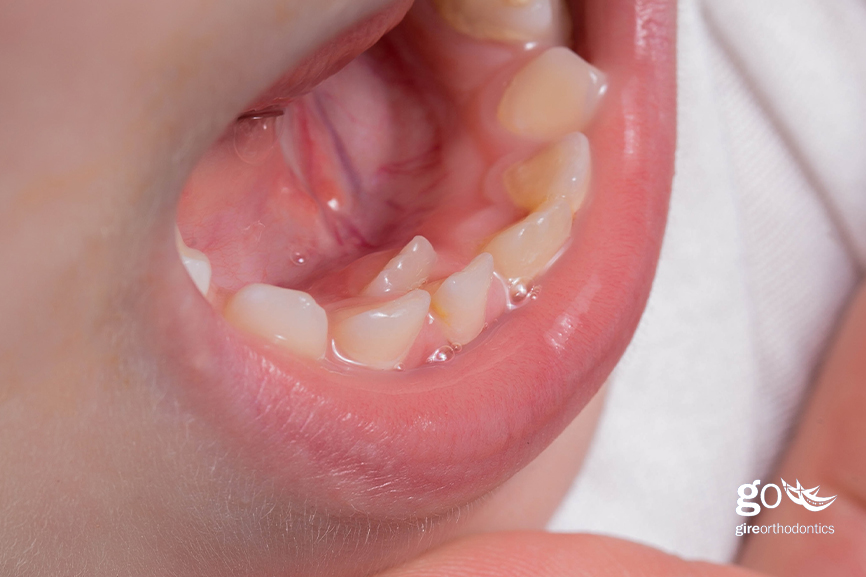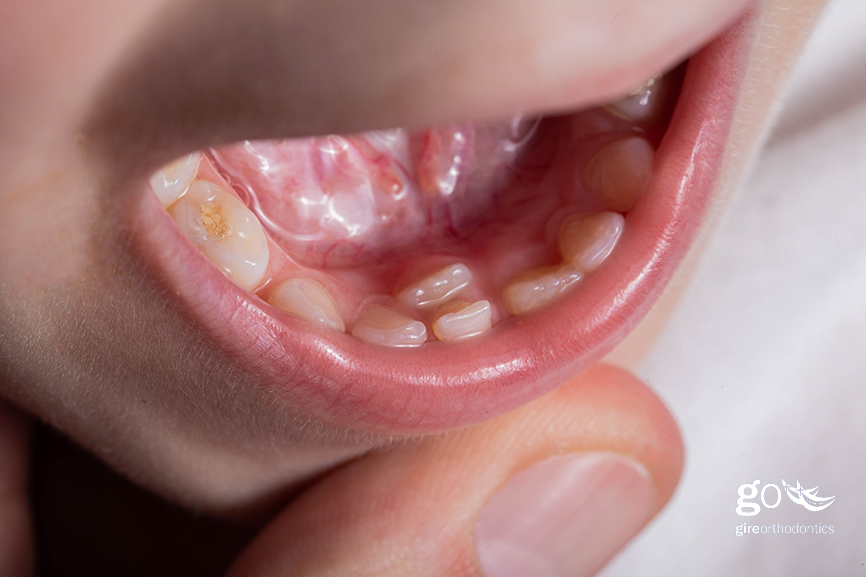
La Habra/Chino Hills, CA – The journey to a perfect smile often involves navigating through various dental conditions and treatment options. One intriguing aspect of dental anomalies is supernumerary teeth, a phenomenon where individuals develop more teeth than the usual set. This condition can pose challenges and one common solution is the use of braces. Dr. Robert Gire discusses supernumerary teeth, exploring their causes, effects, and how braces or aligners can play a crucial role in addressing associated dental issues.
Understanding Supernumerary Teeth
Supernumerary teeth, also known as hyperdontia, refers to the development of extra teeth beyond the normal set of primary or permanent teeth. These additional teeth can emerge in various locations within the oral cavity and may take different forms, including molars, incisors, or even malformed structures. The exact cause of supernumerary teeth remains unclear, but genetic factors, environmental influences, and certain syndromes are believed to contribute to their occurrence.
Effects of Supernumerary Teeth
While some individuals may not experience any issues with supernumerary teeth, others may face several challenges, including:
- Crowding: Extra teeth can lead to crowding issues, causing misalignment and overlap of adjacent teeth.
- Impacted Teeth: Supernumerary teeth may prevent the proper eruption of neighboring teeth, leading to impaction and potential complications.
- Aesthetic Concerns: The presence of extra teeth can affect the appearance of the smile, leading to aesthetic concerns and a potential impact on self-esteem.
- Functional Problems: Misalignment due to supernumerary teeth can result in difficulties with biting, chewing, and proper oral hygiene.
Because of these reasons, it is typically recommended that supernumerary teeth be extracted. Your orthodontist will work in conjunction with your dentist and, if necessary, your oral surgeon to ensure you achieve your most ideal smile. Regular check-ups are important to ensure that if needed, extraction can be scheduled at the right time to have the most impact on the smile.
Addressing Supernumerary Teeth with Braces or Aligners
Braces and aligners are both common and effective orthodontic treatments used to address a variety of dental issues, including those associated with supernumerary teeth. Here’s how braces and aligners can help:
- Alignment Correction: Braces and aligners work by applying continuous pressure on the teeth, gradually moving them into the desired position. This is especially beneficial in cases of crowding caused by supernumerary teeth.
- Space Management: Braces and aligners can assist in managing the space within the oral cavity, ensuring that each tooth has its proper place and preventing issues like impaction.
- Aesthetic Improvement: Braces and aligners contribute to the aesthetic improvement of the smile by aligning the teeth properly, addressing any cosmetic concerns associated with supernumerary teeth.
- Prevention of Complications: By correcting misalignment and addressing crowding issues, braces help prevent potential complications such as difficulties in oral hygiene and increased susceptibility to dental problems.
Supernumerary teeth can present unique challenges, impacting both oral health and aesthetics. Fortunately, with advancements in orthodontic treatments with braces or aligners, individuals with hyperdontia can achieve a well-aligned and aesthetically pleasing smile.
If you suspect the presence of supernumerary teeth or are dealing with related dental concerns, the team at Gire Orthodontics is here to assess your situation and recommend an appropriate treatment plan. Embracing orthodontic solutions like braces or aligners can not only address the challenges posed by extra teeth, but also contribute to improved oral health and confidence in your smile.



No Comments